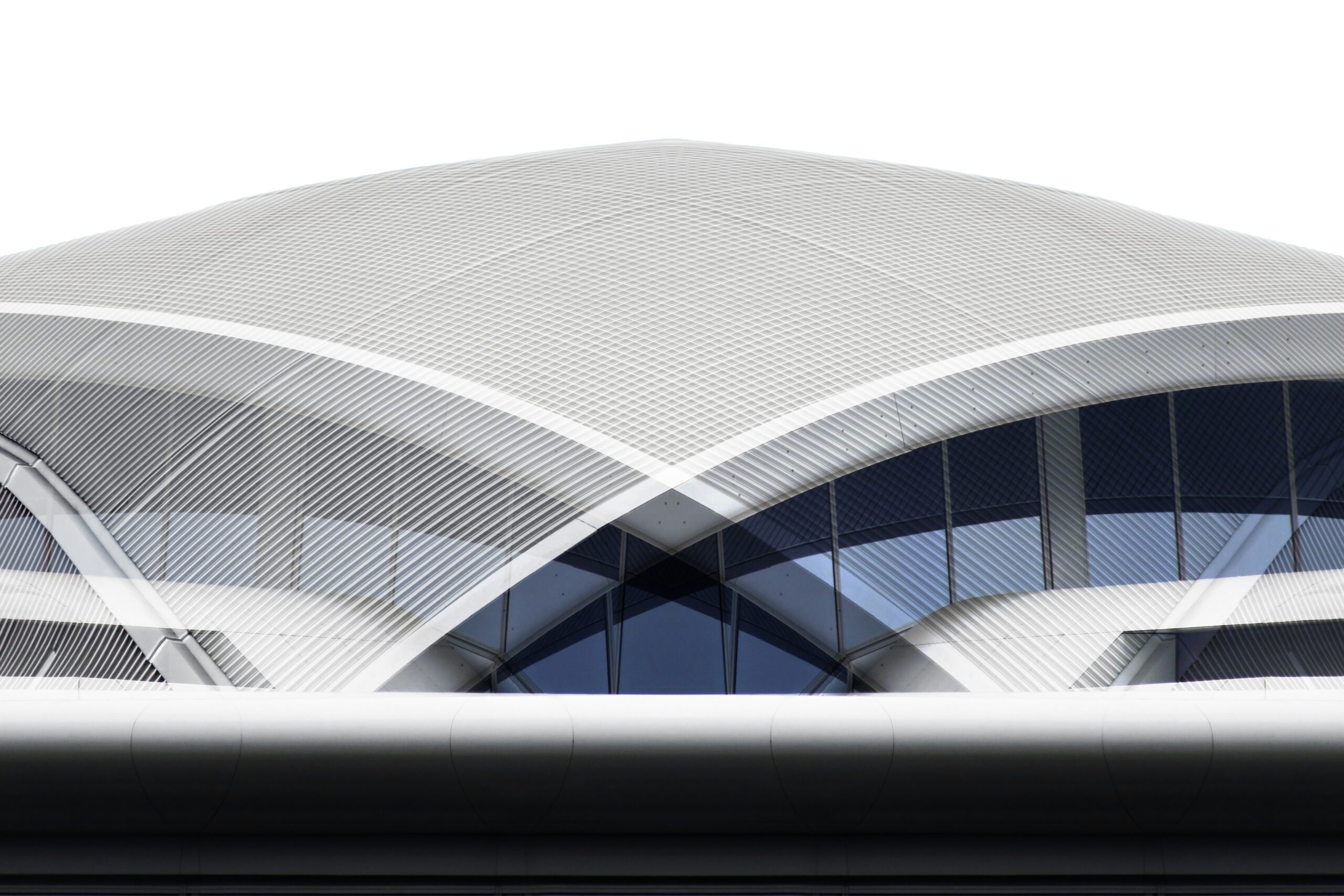What is Parametric Design, and Why Does it Matter?
Parametric design is a computational approach to architecture that uses algorithms to define relationships between elements of a building. Instead of individual elements being designed manually, architects set up parameters (e.g., height, width, material constraints) that allow the design to evolve dynamically.
Think of it as creating a design ‘recipe’—change one ingredient, and the entire cake (the structure) adjusts accordingly.
This design philosophy isn’t about just creating eye-catching, non-linear buildings. It’s about using data to make structures more efficient, adaptive, and responsive to their environments.
Key Features of Parametric Design
- Algorithms: The backbone of parametric design, algorithms automate repetitive calculations and enable complex geometries.
- Flexibility: Designs can be easily adjusted by tweaking the parameters.
- Optimization: More sustainable designs are achievable by factoring in energy efficiency, material usage, and even climate data.
Examples of Parametric Design in Action
1. Beijing National Stadium (The Bird’s Nest)
Designed for the 2008 Olympics, this stunning structure combines algorithmically-designed steel beams to create its iconic nest-like appearance. The parametric design ensured structural stability while allowing aesthetic freedom.
2. The Heydar Aliyev Center, Azerbaijan
A fluid, wave-like structure by Zaha Hadid Architects, this building redefines traditional design logic. Every curve and fold is calculated, making it as functional as it is futuristic.
3. Al Bahr Towers, Abu Dhabi
With a façade that adjusts dynamically based on the sun’s angle, these towers use parametric algorithms to reduce energy consumption without compromising aesthetics.
How Algorithms Are Transforming Architecture
1. Streamlined Workflows for Architects
Manual tasks like drafting and measurements are replaced with parametric computations, saving time. This allows architects to focus on creativity rather than repetitive tasks.
2. Improved Sustainability
Buildings designed with parametric algorithms can factor in local climate data, solar positioning, and materials. The result? Reduced energy costs and a smaller environmental footprint.
3. Enhanced Collaboration
Architects, engineers, and designers can work seamlessly by sharing the same parameter-based models. Updates happen in real-time, ensuring consistency across the board.
| Aspect | Traditional Design | Parametric Design |
|---|---|---|
| Iterations | Time-consuming | Quick and efficient |
| Flexibility | Limited, static | Dynamic and adaptable |
| Complexity | Challenging for intricate designs | Ideal for complex geometries |
| Sustainability Potential | Moderately integrated | Strong focus with real-time optimization |
| Collaboration | Compartmentalized | Real-time data integration |
| Aesthetic Innovation | Relatively simple | Highly expressive |
Tools That Power Parametric Design
For architects and students, stepping into the world of parametric design means learning new tools that bring your imagination to life. Here are some essential software programs driving this revolution:
- Grasshopper (for Rhino): Widely popular among architects, Grasshopper simplifies intricate geometries.
- Revit & Dynamo: Allows seamless integration of parametric logic within BIM workflows.
- Blender: A free and open-source tool with plugins for parametric 3D modeling.
- Houdini: Known for creating complex, algorithmic visual effects, it’s increasingly being adopted for architectural use.
Pro Tip
If you’re intimidated by starting new software, begin with online tutorials or short certification courses. Platforms like Udemy and LinkedIn Learning have beginner-friendly resources for Grasshopper and Dynamo.
Actionable Advice for Beginners
Are you ready to explore parametric design but not sure where to start? These steps can help you break into the world of algorithm-driven architecture.
1. Start Learning Software
Choose a tool like Grasshopper, Dynamo, or Revit and learn the basics.
2. Experiment with Simplicity
Begin with small projects like facades or furniture designs before venturing into entire buildings.
3. Engage with the Community
Join forums, participate in design challenges, and learn from experts. Communities like the Grasshopper Forum and platforms like ArchDaily can be a great starting point.
4. Collaborate with Tech Pros
If algorithms aren’t your forte, collaborate with coders and data scientists. Together, you can create groundbreaking designs.
Why Parametric Design is the Future of Architecture
Parametric design isn’t just a trend—it’s a response to evolving societal needs, technological advancements, and environmental challenges. By integrating data with design, architects can create structures that are both functional and visionary.
The potential is immense, from reducing costs and boosting sustainability to inspiring awe with breathtaking designs.
Taking the First Step
Whether you’re a student just beginning your architectural journey or a seasoned professional ready to evolve with the industry, parametric design holds the key to staying agile and innovative. The tools are accessible, the resources are abundant, and the possibilities are endless.
Are you ready to shape the future of architecture with algorithms? The world is waiting for your next idea to unfold.
